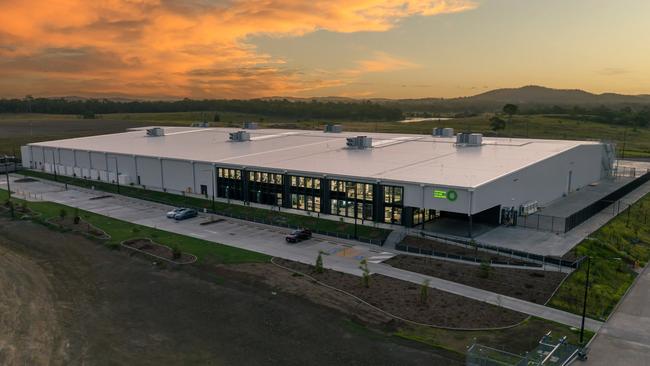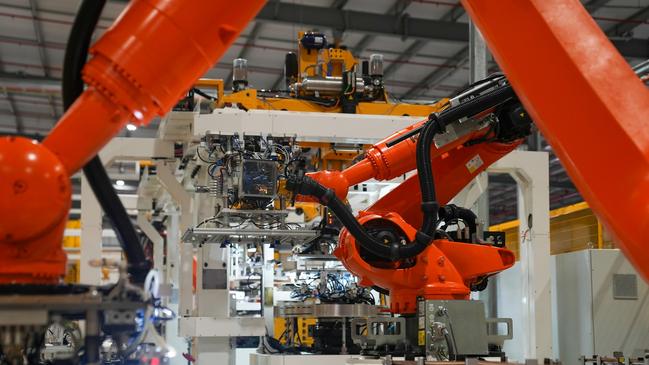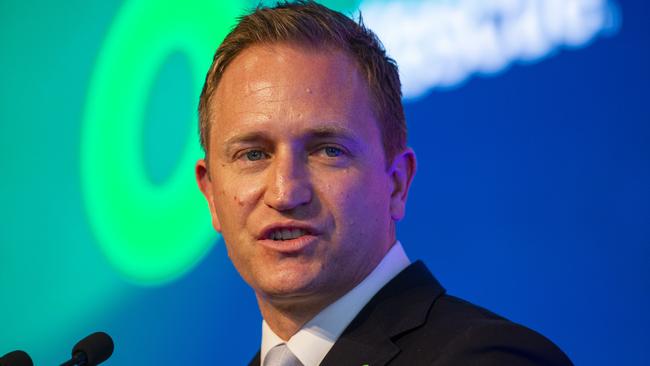
News that Andrew Forrest’s Fortescue is abandoning its electrolyser factory at Gladstone in Queensland will come as a surprise to absolutely nobody. But what about the $60m in taxpayer cash offered to support the project?
Rumours have been swirling in industry circles for months that Fortescue was scouting for a buyer for the plant, to supply both the company’s “green” hydrogen ambitions as well as sell to other would-be green hydrogen producers.
The $140m plant was opened with much fanfare only a year ago. But Fortescue told its small workforce this week that their services would no longer be required.
In all, Fortescue is shedding about 90 jobs from its flailing hydrogen division, as the company’s retreat from the green energy source turns into a rout.

When announced in late 2021, the plant was supposed to start a new hi-tech manufacturing industry in Queensland. The state government chipped in about $15m to support its construction. Another $45m was offered by the federal government of Scott Morrison through the Modern Manufacturing Initiative.
It’s not even clear how many electrolysers were produced since its opening, or what happened to the ones that were. Certainly nowhere close to the promised 2GW annual production rate.
Fortescue’s pivot to so-called green iron made its closure all but inevitable.
Remember, others knew this well before Fortescue reached its own conclusion. The electrolyser factory was originally conceived as a joint venture with US technology company Plug Power, which flushed the idea a year or so later.
“We decided we didn’t want to build a factory with them because we saw the economics; we could do better,” Plug chief executive Andrew Marsh told shareholders in early 2023.

Not that Plug is any great example of business or industrial genius, to be fair. The company posted a $US200m loss for the first quarter of this year, and only just finished a $US280m capital raising to keep itself alive.
It’s a lot harder to stay afloat when you don’t have rivers of cash flowing down from the Pilbara to keep funding your dreams, we suppose.
But still, Marsh and his colleagues clearly spotted something wrong with the idea that the Fortescue’s brain trust didn’t.
And how about the $60m that Australian taxpayers paid for a manufacturing plant that produced very little, and was shut down only a year after its grand opening?
Will the money get paid back?
Fortescue boss Dino Otranto admitted that was a possibility when Margin Call pressed him on the subject. He said the company was still working through its “varied and multi-pronged relationship” with the federal government, but could end up repaying both state and national treasuries if required.

“We’re working through our obligations, and we stand by them. And if there’s any recourse, we’ll stand by that as well,” he said.
Queensland Premier David Crisafulli has spent his first months in office in a frenzied cancellation of the green energy dreams of his Labor predecessors, so you’d imagine the state might be keen for the return of its cash.
But federal Energy and Climate Change Minister Chris Bowen, whose department administered the Fortescue grant, is probably a less certain bet.
Still, Fortescue is likely to be flogging off a barely used electrolyser plant in Gladstone sometime soon, if anybody wants one.






To join the conversation, please log in. Don't have an account? Register
Join the conversation, you are commenting as Logout